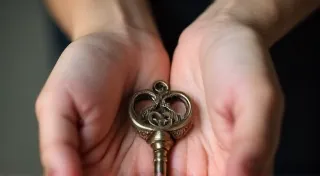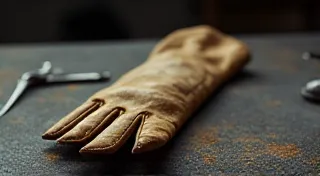The Clockwork Heart: Unraveling the Emotional Resonance of Antique Music Boxes
There's a peculiar magic held within the burnished brass and polished wood of an antique music box. It’s more than just a mechanical marvel, a testament to ingenious engineering. It's a portal. A portal to a time when craftsmanship was revered, when music was a cherished ritual, and when the world moved at a more deliberate pace. For those drawn to collecting them, antique music boxes become repositories of memories, vessels of nostalgia, and tangible links to a past that feels both distant and intimately familiar.
A Symphony of Time: Historical Context
The story of the music box isn’t a sudden emergence. It’s a gradual evolution, rooted in earlier musical automata and clockwork mechanisms. The very first iterations, appearing in the late 1700s in Switzerland, were complex and expensive creations, often commissioned by royalty and the affluent. These were not the charming, miniature boxes we often picture today. They were elaborate displays of musical performance, incorporating figures that danced and played along with the music. The development of the cylinder music box, a design that allowed for more complex musical pieces, marked a significant turning point. Suddenly, the joy of music could be contained, portable, and relatively accessible.
The 19th century saw an explosion in the popularity of music boxes. Mass production techniques began to streamline the process, making them available to a wider audience. Swiss manufacturers, notably Junod and Paillard, dominated the market, renowned for their exquisite craftsmanship and melodious tunes. Germany, too, became a significant producer, often specializing in smaller, more affordable boxes.
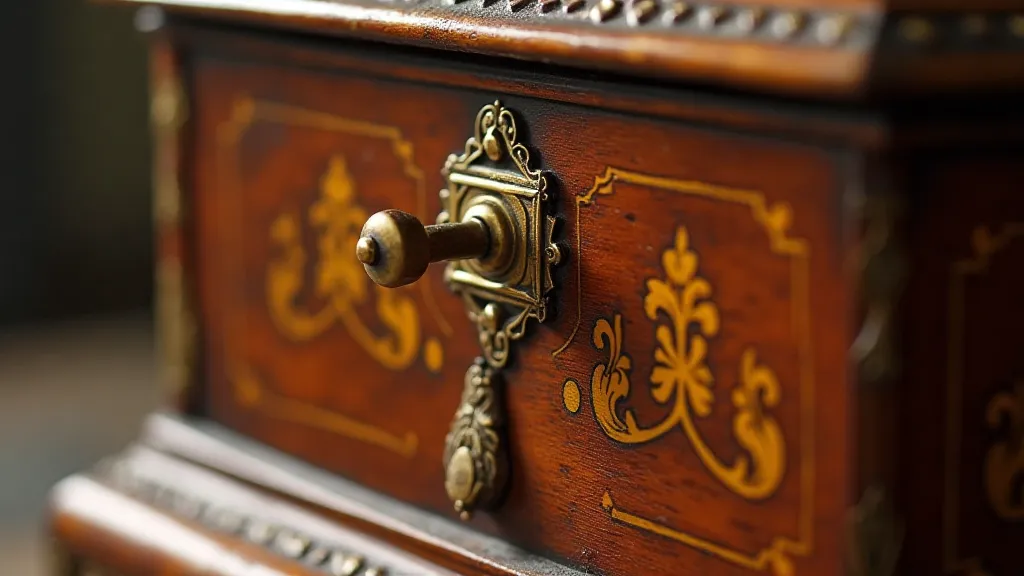
The Mechanics of Memory: Craftsmanship and Artistry
What sets antique music boxes apart isn't solely their age; it's the undeniable artistry woven into every component. The complexity of the mechanisms is astonishing. Tiny pins, painstakingly placed on a rotating cylinder, pluck at delicate metal teeth to create the melodies. The materials themselves – rosewood, mahogany, mother-of-pearl, and intricately engraved brass – speak of a dedication to quality that is rarely found in modern mass production. Consider the hours of labor invested in carving the wood, engraving the metal, and painstakingly arranging the miniature figures that often adorn these treasures. They weren’t just making objects; they were creating experiences.
The music itself is integral to the emotional connection. Many antique music boxes play familiar tunes—waltzes, polkas, and Strauss’s iconic compositions—songs that evoke a sense of romanticism and elegance. These melodies trigger memories, transporting us to different eras and sparking emotions that resonate deep within.
A Collector’s Story: More Than Just Gears and Springs
I remember the first time I encountered a truly remarkable antique music box. It was at an antique fair, tucked away in a dimly lit corner. It was a small, unassuming box, made of dark rosewood with delicate mother-of-pearl inlay. The moment I wound it and heard the lilting melody of "Claire de Lune" fill the air, I was transported. I felt a connection to the past, to the craftsman who had meticulously constructed it, and to the countless others who had likely wound it and been charmed by its music.
It wasn’t just the beauty of the box or the sweetness of the tune that captivated me. It was the sense of stillness, the feeling that time had momentarily ceased. It was a miniature world of music and magic, preserved within a tiny box. That single encounter ignited a passion that continues to this day.
Identifying and Appreciating Your Treasures
For those interested in collecting antique music boxes, there's a world of discovery to be had. Identifying a music box's origin and age can be a rewarding challenge. Swiss boxes are often marked with "Swiss Made" or the manufacturer's name. German boxes may have markings in German. The style of decoration, the type of mechanism, and the tune it plays can all provide clues.
Condition is a significant factor in determining value. While some wear and tear are to be expected—after all, these are antique objects—significant damage, such as a broken mechanism or missing parts, can impact the price. Restoring a music box can be a delicate process, requiring specialized skills and knowledge. Often, a skilled restorer can bring a neglected music box back to life, preserving its beauty and charm for generations to come.
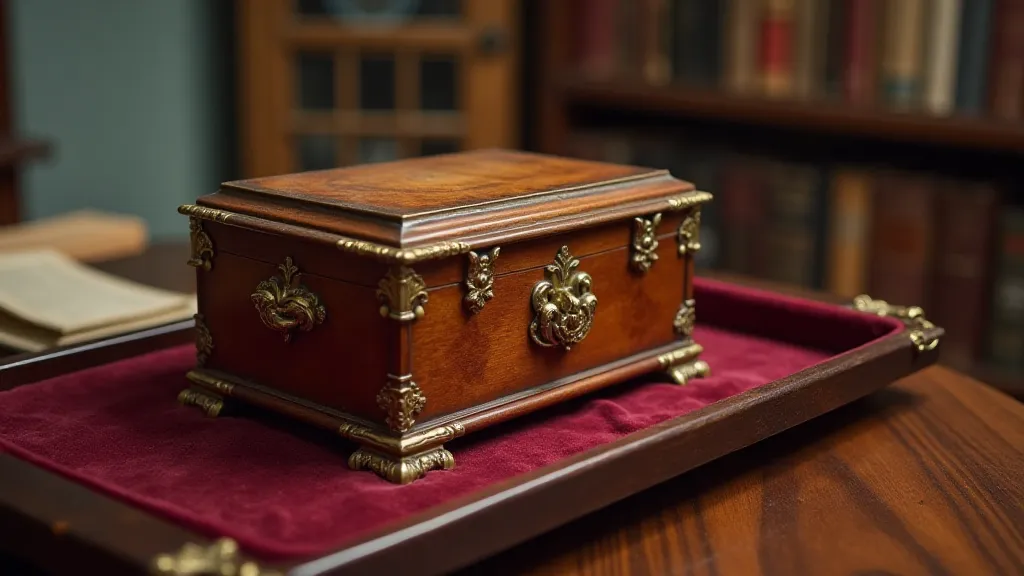
The Psychological Connection: Nostalgia and Lost Time
But perhaps the most compelling aspect of collecting antique music boxes is the psychological connection they offer. These objects tap into our deepest emotions – nostalgia, a longing for simpler times, and a reverence for craftsmanship. They offer a respite from the relentless pace of modern life, a moment of quiet contemplation and reflection.
For many collectors, owning an antique music box is more than just acquiring a beautiful object. It's about preserving a piece of history, connecting with a bygone era, and sharing that magic with others. It's about keeping the music alive, one gentle, enchanting melody at a time.
The appeal isn's solely about the aesthetics. It's the tactile experience - winding the key, listening to the intricate workings, feeling the resonance of the music. It’s a multi-sensory encounter that transcends mere ownership, offering a momentary journey into a romanticized past.
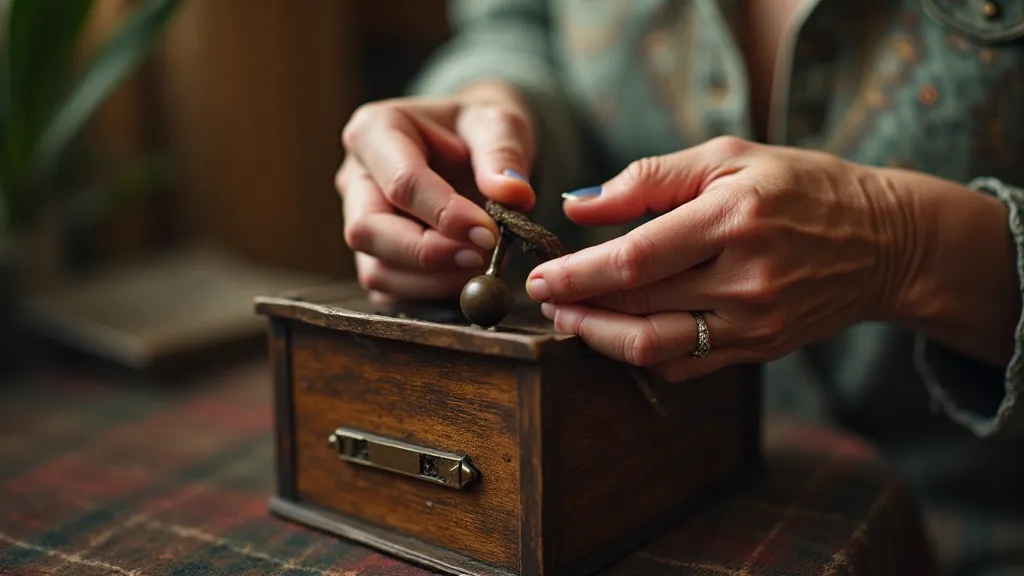
In a world increasingly dominated by digital music and mass-produced goods, antique music boxes stand as a testament to a time when objects were made with care, intention, and a genuine appreciation for beauty. They are a reminder that even the smallest of mechanisms can evoke the most profound emotions.
